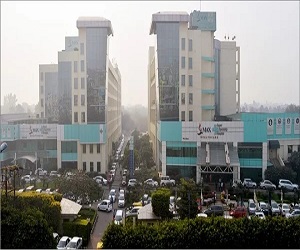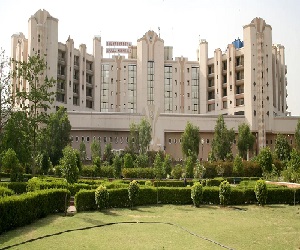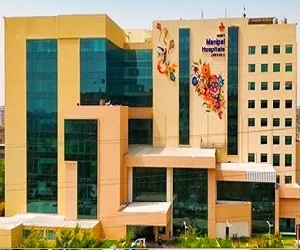Lymphoma is a type of blood cancer that affects the lymphatic system, developing in lymphocytes, a type of white blood cell crucial for immune defense. Approximately 54% of all blood cancer cases are lymphomas.
The Lymphatic System
The lymphatic system comprises a network of thin lymphatic vessels, organs such as the thymus and spleen, and lymph nodes. It plays a vital role in the body’s immune system, with lymph and lymph nodes containing lymphocytes that help defend against diseases. Lymphocytes are produced in the bone marrow and enter the bloodstream upon maturation, eventually becoming part of the lymphatic system.
Types of Lymphoma
There are two main types of lymphoma: Hodgkin’s Lymphoma (HL) and Non-Hodgkin’s Lymphoma (NHL).
Hodgkin’s Lymphoma
Hodgkin’s Lymphoma, or Hodgkin’s disease, is a rare form of lymphoma that typically originates in the B-lymphocytes of the bone marrow. It begins when there is a significant alteration in lymphatic cells, leading to uncontrolled growth and tumor formation. Hodgkin’s Lymphoma is characterized by the presence of Reed-Sternberg cells, which are unusually large cells found in blood samples of affected patients.
Non-Hodgkin’s Lymphoma
Non-Hodgkin’s Lymphoma (NHL) is the most common type of lymphoma, especially prevalent among older adults. It encompasses various cancers of the lymphatic system that do not involve Reed-Sternberg cells.
Symptoms of Lymphoma
Lymphoma can be asymptomatic in its early stages. When symptoms do appear, they may resemble those of less serious illnesses, making a doctor’s evaluation crucial. Symptoms to watch for include:
- Painless swollen lymph nodes in the neck, chest, armpit, groin, or stomach
- Bone and joint pain
- Breathing difficulties
- Fatigue
- Fever
- Persistent cough
- Abdominal pain
- Night sweats
- Skin rashes and itching
- Anemia
- Unexplained weight loss
Diagnosis of Lymphoma
Diagnosis involves several steps:
- Medical History and Physical Examination: Evaluating the patient’s medical history and conducting a physical examination for symptoms such as rashes, swollen nodes, and anemia.
- Blood Tests: Checking levels of red and white blood cells and platelets.
- Lymph Node Biopsy: Removing a lymph node or a portion of it for microscopic examination to detect lymphoma cells.
- Bone Marrow Aspiration and Biopsy: Collecting and examining samples of the bone marrow’s solid and liquid components from the hip bone to check for lymphoma cells.
- Imaging Tests: Conducting MRI, PET/CT scans, and other imaging tests to detect abnormalities.
Treatment of Lymphoma
Lymphoma treatment varies based on factors like the type, stage, age, affected body parts, and size of the affected nodes. Treatment options include:
- Active Surveillance: Recommended for slow-growing lymphomas.
- Chemotherapy and Radiation Therapy: Common treatments to kill cancer cells.
- Immunotherapy or Biological Therapy: Boosts the immune system to fight cancer.
- Bone Marrow Transplantation: Replaces damaged bone marrow with healthy cells.
- Surgery: Sometimes necessary to remove tumors or affected lymph nodes.
Lymphoma Treatment cost in India are as follow
| Treatment | Cost in USD | Stay in Hospital |
| Lymphoma Treatment | 15500-17500 | 3-4 Weeks |
| Bone Marrow Transplant | 14500-19500 | 3-4 Weeks |
| Thalassemia Treatment | 14500-19500 | 7-10 Days |
| Multiple Myeloma Treatment | 12500-14500 | 3-4 Weeks |
| Acute Leukemia Treatment | 14500-19500 | 3-4 Weeks |














